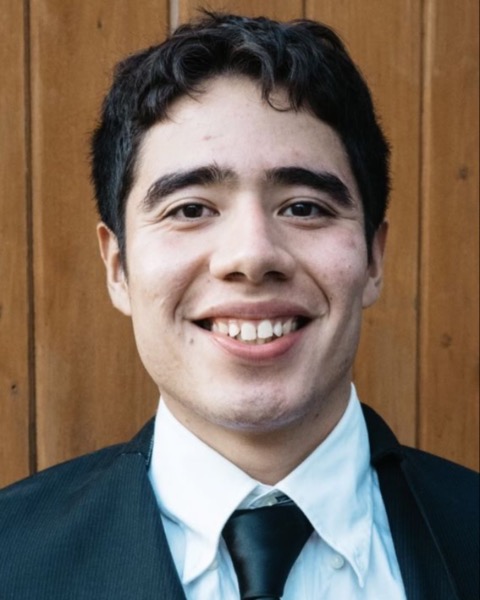Adult Cardiac
Category: Scientific Abstract: Oral/Poster
Long term outcomes of a comprehensive approach to surgery for hypertrophic obstructive cardiomyopathy
R. Vila1, L. Wong2, G. Lantz3, C. Bhamidipati4, F. Tibayan1, A. Masri4, H. Song3
1Oregon Health and Sciences University, Portland, Oregon 2Stanford, Mountain View, California 3Oregon Health & Science University, Portland, Oregon 4Oregon Health and Science University, Portland, Oregon
1Oregon Health and Sciences University, Portland, Oregon 2Stanford, Mountain View, California 3Oregon Health & Science University, Portland, Oregon 4Oregon Health and Science University, Portland, Oregon

Ruben Vila, MD
medical student
Oregon Health and Sciences University
Portland, Oregon, United States
Presenting Author(s)
Disclosure(s):
Ruben Vila: No financial relationships to disclose
Purpose: Left ventricular outflow tract obstruction (LVOT) in patients with hypertrophic obstructive cardiomyopathy (HOCM) is caused by a constellation of abnormalities including septal hypertrophy, elongated mitral leaflets, displaced mitral subvalvar apparatus, and myocardial bands. We reviewed long-term outcomes of a comprehensive approach to correct these abnormalities during surgery for HOCM.
Methods: This is an observational, single-institution study from an academic center of patients with HOCM undergoing septal myectomy from 2016 to 2023. All patients underwent pre-operative exercise and intra-operative dobutamine stress echocardiography. Also additional imaging with specific attention to understanding the pathophysiology of septal hypertrophy and associated abnormalities contributing to LVOT obstruction during stress. At the time of surgery for HOCM, in addition to septal myectomy, procedures such as papillary muscle realignment (PMR), resection of elongated chordae tendineae, and apicoseptal band resection were utilized to correct the associated abnormalities contributing to LVOT obstruction. Baseline patient characteristics, procedures, and perioperative outcomes were descriptively summarized for each group. Long-term outcomes were tracked, including New York Heart Association (NYHA) classification and the most recent echocardiogram that estimated LVOT gradient and mitral valve function.
Results: There were 103 patients who met inclusion criteria with baseline characteristics shown in Table 1. The cohort had a mean age of 54 (IQR 40-67) with common comorbidities being hypertension (50%) and atrial fibrillation (25%). Concomitant procedures included coronary artery bypass grafting (12%), pulmonary vein isolation (11%), left atrial appendage clipping (16%), and mitral and aortic valve replacement (14% and 7%). All patients underwent septal myectomy. Additional procedures that addressed associated abnormalities contributing to LVOT obstruction were common. Elongation of the anterior leaflet of the mitral valve was typically treated with PMR (74, 72%). Aberrant papillary muscle heads and elongated secondary chordae tendineae contributing to systolic anterior motion were resected (68, 66%). Myocardial bands including apicoseptal bands contributing to LVOT obstruction were resected (70, 68%). Short-term outcomes were excellent. One operative mortality was related to a massive pulmonary embolism, after discharge. The mean length of stay was 7 days (IQR 5-7). At an average length of the most recent follow-up of 4 years, 91% of patients were considered NYHA Class I or II. Long-term echocardiographic follow-up showed a mean peak LVOT gradient of 11 mmHg (IQR 4-13). Only one patient had more than mild mitral regurgitation.
Conclusion: A comprehensive surgical approach to HOCM that addresses the entire constellation of abnormalities associated with HCM, including mitral valve elongation, aberrant or displaced mitral valve subvalvular apparatus, and myocardial bands, leads to outstanding long-term outcomes as judged by NYHA Class, LVOT gradient, and mitral valve function.
Identify the source of the funding for this research project: none
